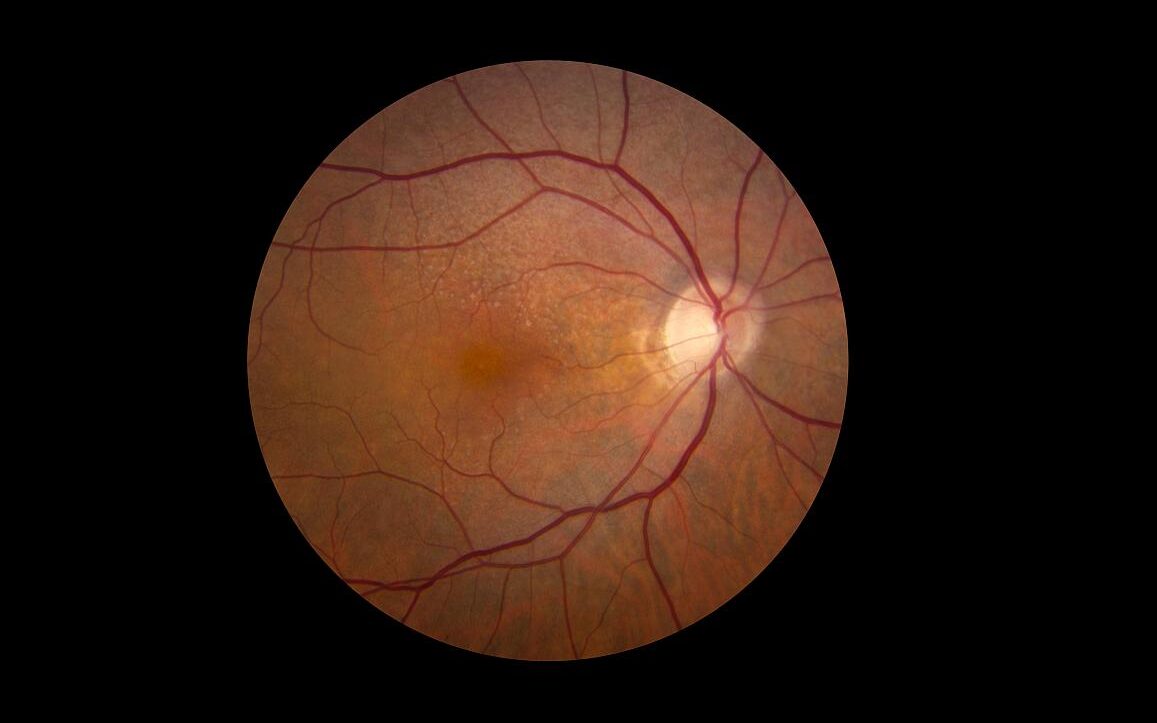Fenofibrate Confers Modest Risk Reduction for Diabetic Retinal Disease

Taking the cholesterol-lowering drug fenofibrate had a modest but statistically significant association with reduced risk of vision-threatening diabetic retinopathy (VTDR), according to results of a large study published in JAMA Ophthalmology. In the study, fenofibrate use was associated with an 8% lower risk of progression compared to non-use.
Fenofibrate use had a greater effect on the risk of proliferative diabetic retinopathy, with a 24% decrease in progression (PDR) but did not significantly affect the risk of developing diabetic macular oedema (DME).
The researchers noted that these findings are in line with evidence showing fenofibrate may protect against diabetes-associated breakdown of the blood-retinal barrier, although ophthalmologists rarely use the drug to treat diabetic eye disease.
“Our positive association for progression to PDR coincides with results of previous clinical trials and adds new information with regards to the impact on DME,” the researchers stated.
Protection against progression to PDR “was found without regards to underlying NPDR [nonproliferative diabetic retinopathy] severity level, which is not well coded within the claims database,” the researchers continued. “Understanding this limitation and how the inclusion of NPDR severity levels that may not benefit from fenofibrates would bias our findings to the null means that the positive association seen in our study is actually an underestimate of the true association.”
While fenofibrate’s mechanism of action in diabetic retinopathy is not well understood, “interest in the use of this oral agent has become substantial,” noted Robert N. Frank, MD. author of an accompanying editorial.
“From the point of view of a clinician with a long-time interest in diabetic retinopathy, its causal mechanisms, and its evolving treatments, the possibility that an oral medication originally used for a different disease may be beneficial for the management of diabetic eye disease is exciting,” Dr Frank wrote.
“The evidence that fenofibrate can slow the progression of diabetic retinopathy is growing, but it has not yet become a widely accepted treatment,” he added. “It will be interesting to see how this large population analysis and the results from the ongoing DRCR Retina Network randomised clinical trial will affect clinical practice in the years to come.”
Two clinical trials that evaluated fenofibrate’s effect on diabetic eye disease, the FIELD study and the ACCORD-Eye trial yielded conflicted findings regarding DME, PDR and progression of diabetic retinopathy. Both trials suggested that only patients with mild nonproliferative eye disease were likely to benefit.
To help inform decision-making on fenofibrate in eye disease, researchers drew on a large health insurer database for 150 252 adults who had NPDR-associated lab values from January 2002 through June 2019. The primary outcomes were a new diagnosis of VTDR (composite of PDR or DME) or DME and PDR individually.
The analysis showed 5835 (3.9%) used fenofibrate. During follow-up, 27 325 patients progressed to VTDR, including 4 086 to PDR and 22 750 to DME. While men accounted for a larger proportion of fenofibrate users (61.1% vs 51.0% of nonusers), patients had similar baseline characteristics.
Study limitations included lack of clinical applicability, not accounting for duration of fenofibrate use, and data being drawn from a single database.
Source: MedPage Today


